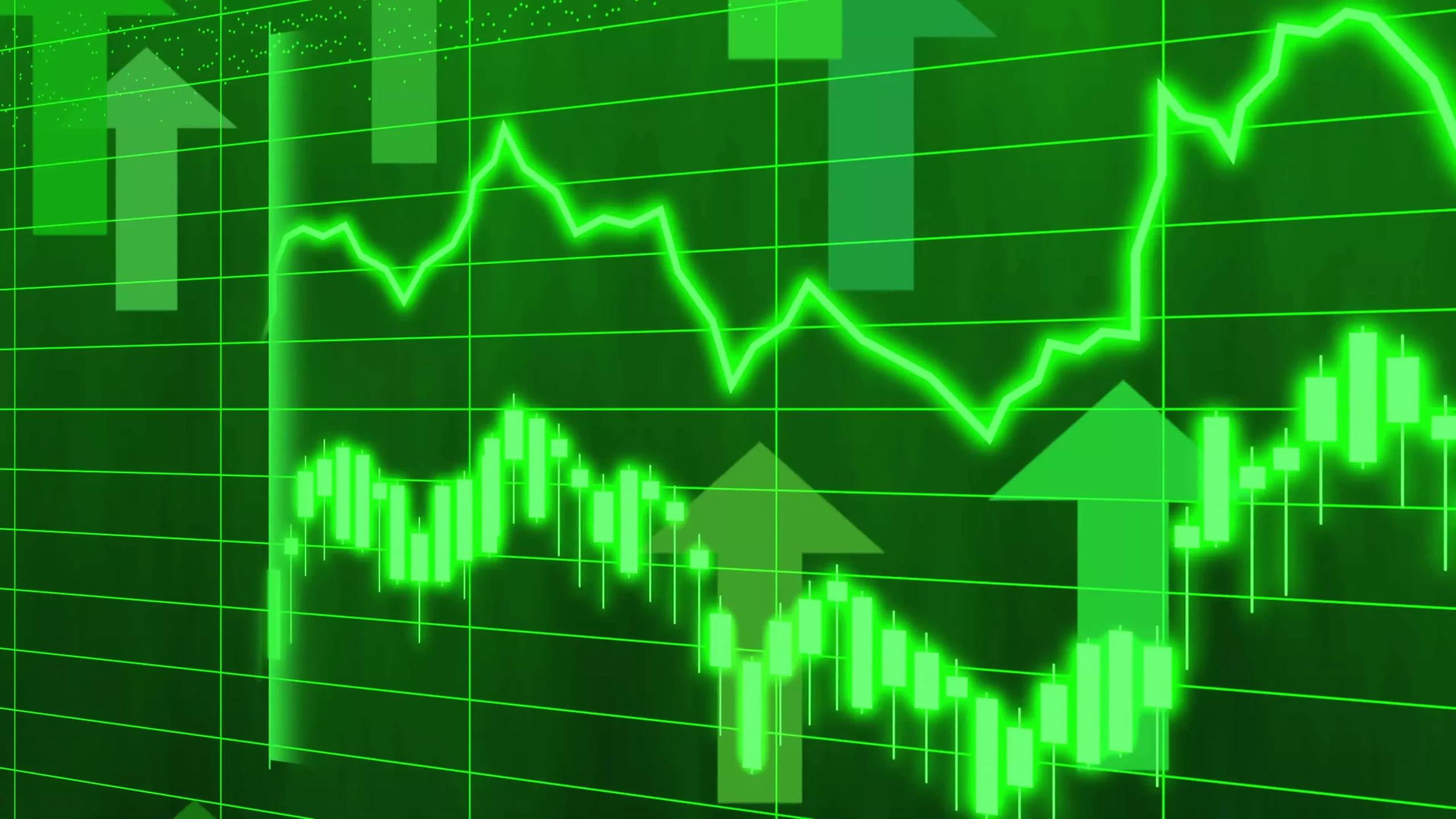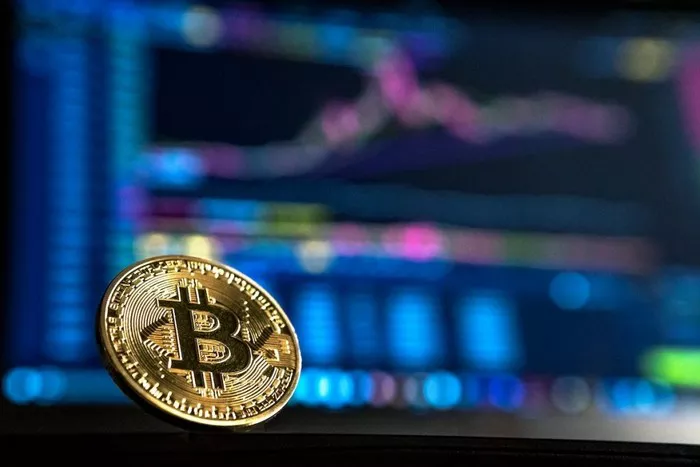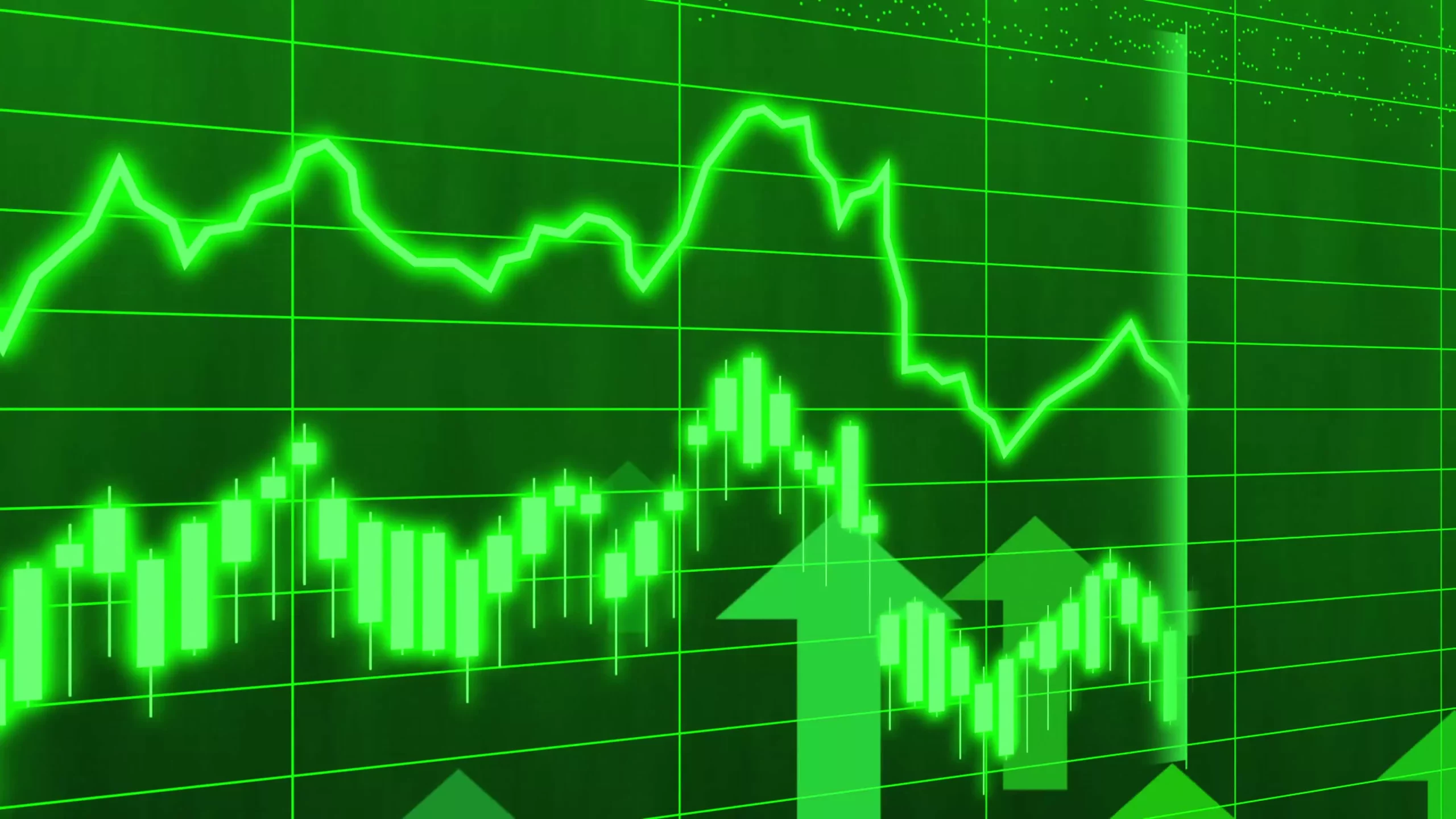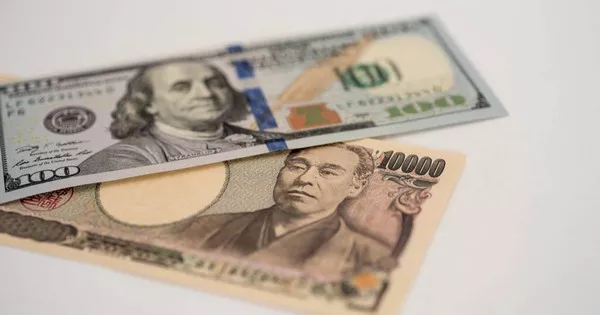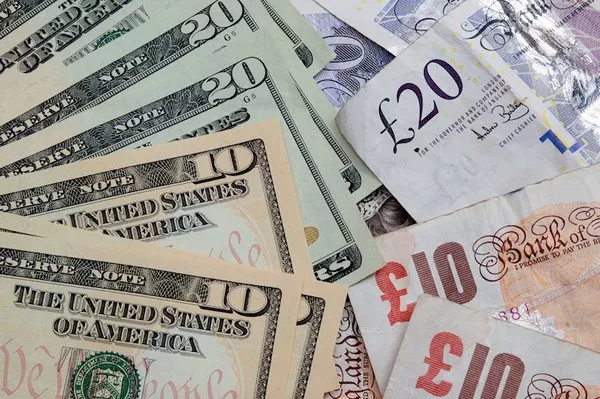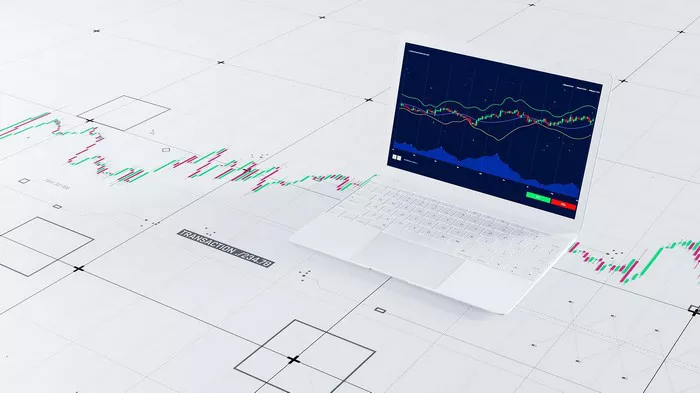Morgan Stanley said it sees 4,700 as the next support level for the S&P 500.
That level is close to the index’s 200-week moving average, where valuations become more attractive.
But Wall Street is also ready for more pain, with a drop to as low as 4,450.
With U.S. indices hit by tariffs, the market may have to continue falling for a while before investors get a lasting respite.
Morgan Stanley said the next support level for the S&P 500 is at 4,700, about 6% below where the benchmark index was at midday Monday.
The S&P 500 has fallen sharply since President Trump launched a global trade war last Wednesday and announced a series of tariffs on U.S. trading partners that were far beyond market expectations. A broad cross-asset sell-off swept across the market, causing the S&P 500 to enter a bear market at Monday’s intraday low.
4,700 is just above the index’s 200-week moving average. Valuations will offer more support at that level, as the market correction has pulled it down from pre-tariff highs.
The bank said it’s worth pointing out that negative earnings revisions were likely the primary factor in the market crash, which tariffs will only exacerbate.
“While the major indexes held up well into mid-February, many stocks have traded poorly all year. In most cases, this weakness is directly related to the magnitude of negative earnings revisions and has little to do with tariffs,” analysts including Mike Wilson wrote.
Still, there’s no guarantee that the 200-week average will hold up in the event of a recession.
“Nevertheless, this is a good level to consider real support if the market decides to test the president’s stance on tariffs or the Fed’s propensity to tilt toward inflation amid slowing growth and market dislocations,” Wilson wrote.
Others are more confident that stocks have further to fall.
As Wilson noted, this depends in part on whether the U.S. falls into a tariff-induced recession, the odds of which have risen significantly.
“Historically, stocks tend to rise 85% of the time after a big spike in the VIX, excluding recessions,” JPMorgan wrote in its own note, referring to a sharp rise in the market volatility gauge: “That last point is key, and we don’t think we’re going to get out of this anytime soon.”
Peter Berezin, chief global investment strategist at BCA Research, has long expected tariff chaos to cause the S&P 500 to fall to 4,450 by year-end. In an interview with Bloomberg TV on Friday, he reiterated that forecast but also noted that it doesn’t factor in a recession.
“If anything, I’m probably too optimistic,” he said.
The S&P 500 has fallen an average of 27% to 32% during recessions, Lori Calvasina, head of U.S. equity strategy at RBC Capital Markets, told Bloomberg. As growth concerns mount, RBC has cut its target for the benchmark to 5,550 from 6,200.
Related topics:



